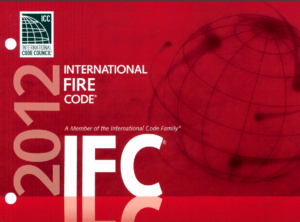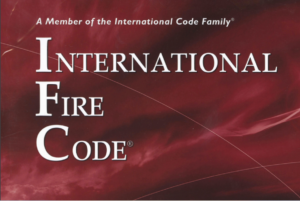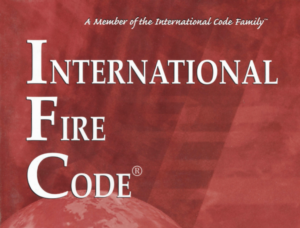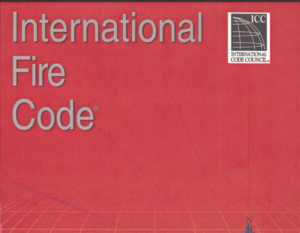The Canada CASA NFPA 13 outlines specific installation requirements for various types of sprinkler systems, emphasizing the complexity of choosing the appropriate sprinkler type and locating them effectively across a premise. Key chapters, specifically 9-15 of NFPA 13, contain detailed rules on spacing, obstructions, and the protected areas for different sprinklers. The document simplifies these complexities by focusing on basic installation guidelines applicable to all sprinklers and then delves into particulars for standard spray sprinklers, demonstrating the decision-making process for compliance.
Key general requirements for all sprinkler installations include proper positioning, spacing, and installation throughout the premises to ensure each sprinkler covers the maximum protection area without overlap. Sprinklers must be placed strategically to activate efficiently and distribute water effectively, even though complete coverage of every floor space isn’t expected due to potential obstructions like columns or indented walls creating “shadow areas” where water might not reach.
The document also specifies that sprinklers should be installed as per their listed guidelines, which might be adjusted for specific architectural features. Installation must ensure that protective caps and straps are removed as per manufacturer instructions before the system is activated. Temperature ratings are critical as well, with ordinary and intermediate ratings used throughout most buildings, except in areas where ceiling temperatures exceed 100°F or near heat sources, requiring higher temperature-rated sprinklers. Special considerations are made for areas under direct sunlight or in unventilated spaces where higher temperatures might occur.






